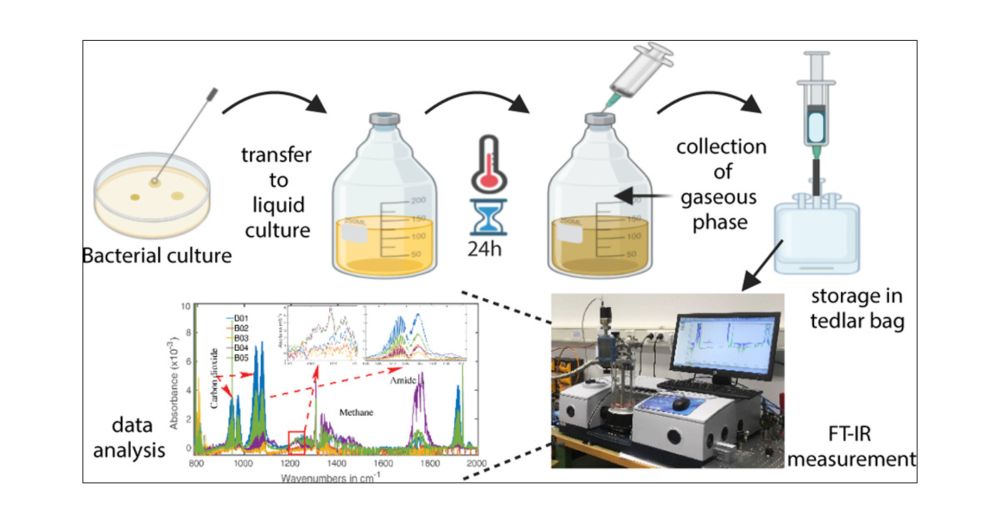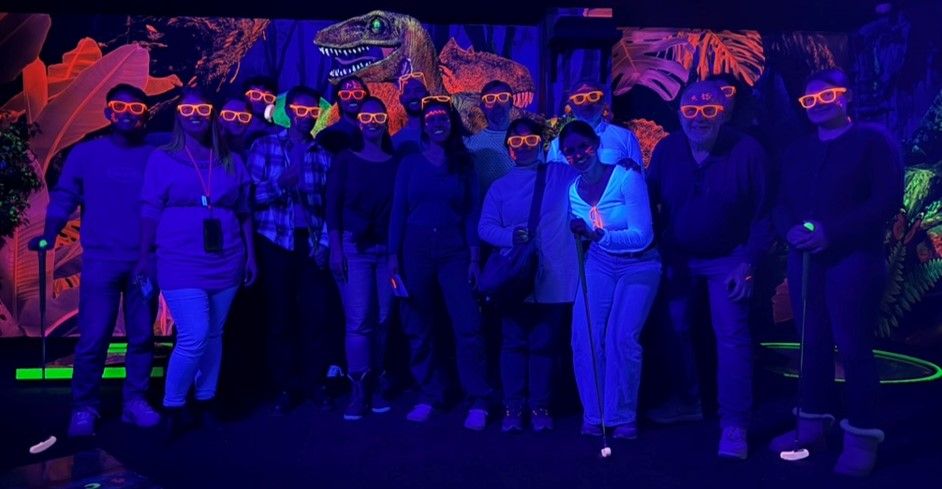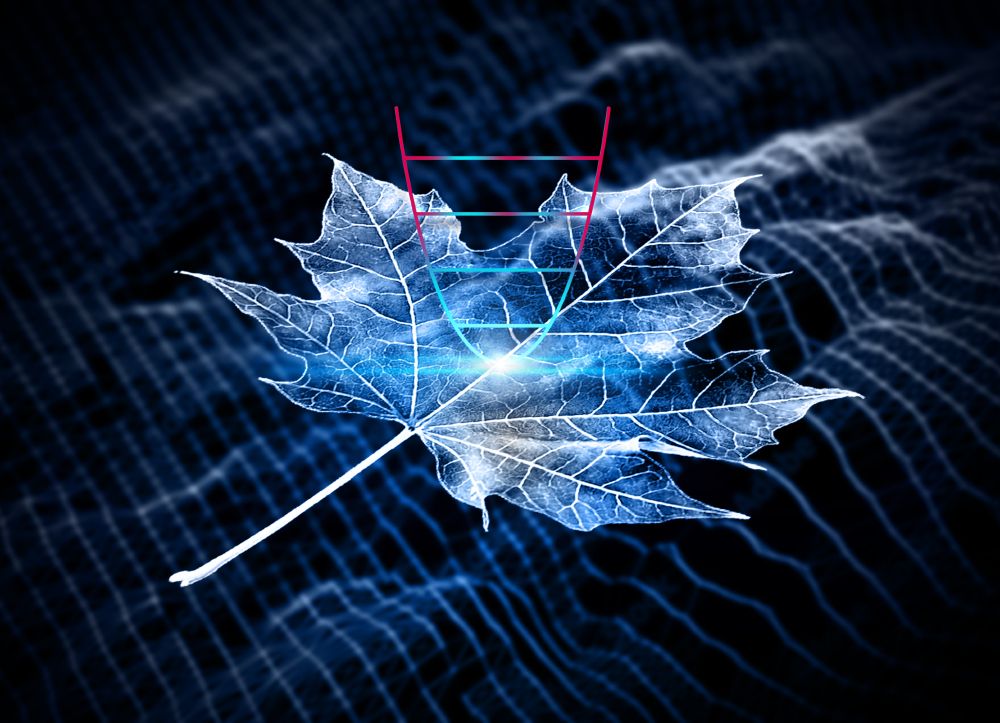
https://www.ch.nat.tum.de/dynspec/startseite/
oe1.orf.at/player/20251...

oe1.orf.at/player/20251...

#physics ⚛️ #sciencesky 🧪 #science #photonics 💡 #scicomm

#physics ⚛️ #sciencesky 🧪 #science #photonics 💡 #scicomm
towards 2D fluorescence excitation spectroscopy (2D-FLEX).
links.springernature.com/f/a/EuGC_l2r...
🧪
towards 2D fluorescence excitation spectroscopy (2D-FLEX).
links.springernature.com/f/a/EuGC_l2r...
🧪
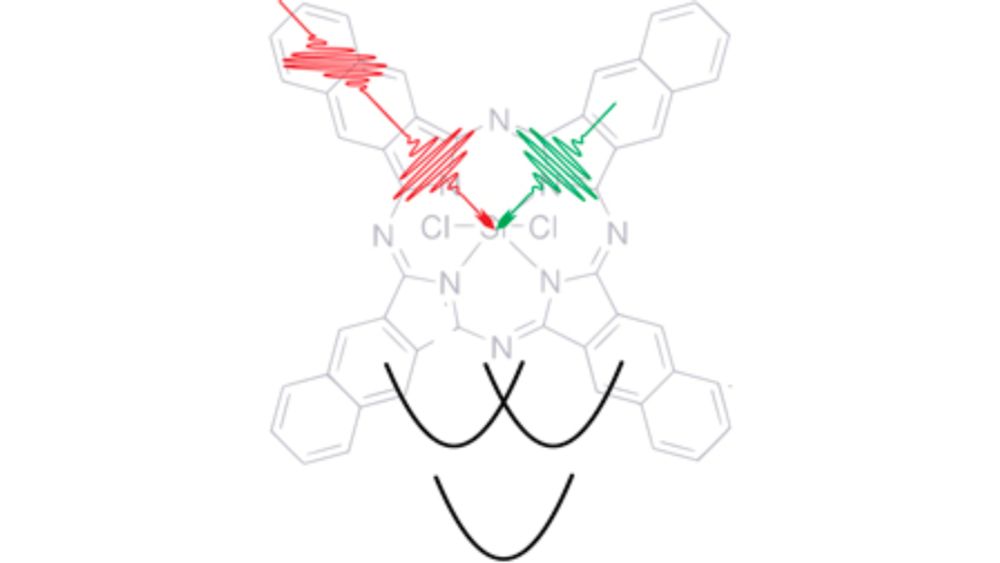
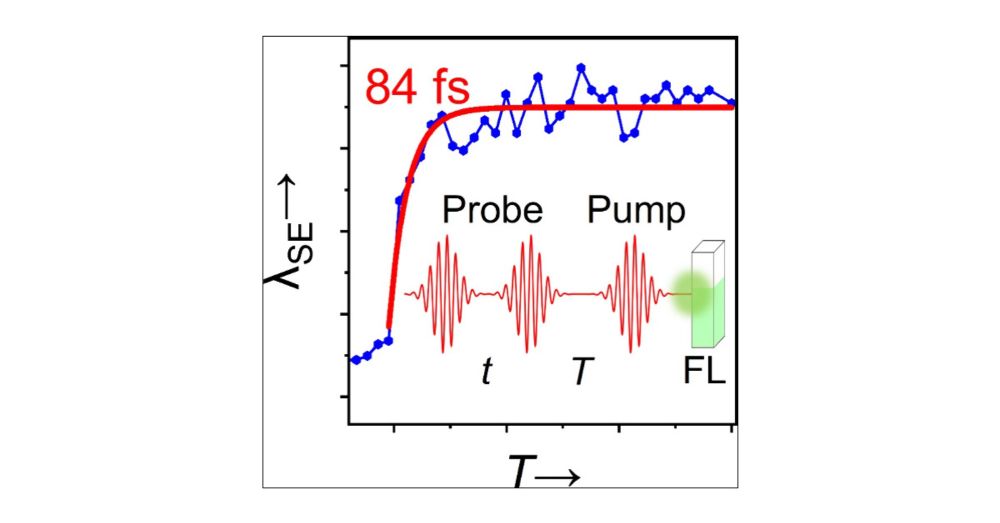
New publication in JACS! pubs.acs.org/doi/full/10.... We show how a photoreaction can lead to enantiopure products — mechanistic work included.
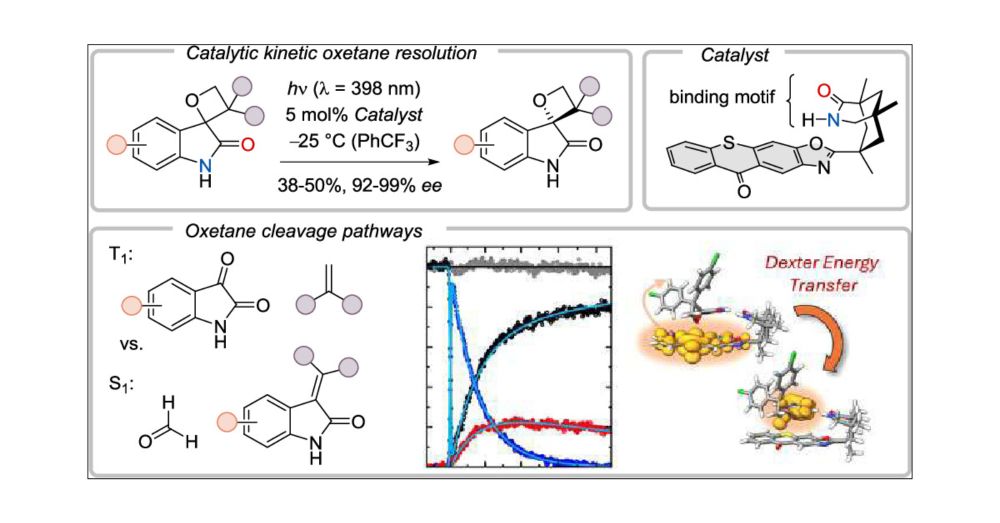
New publication in JACS! pubs.acs.org/doi/full/10.... We show how a photoreaction can lead to enantiopure products — mechanistic work included.
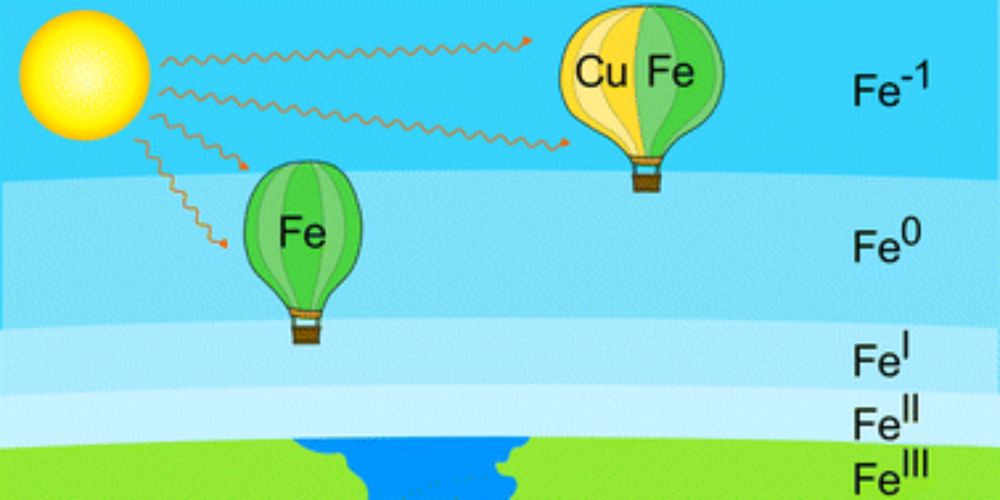

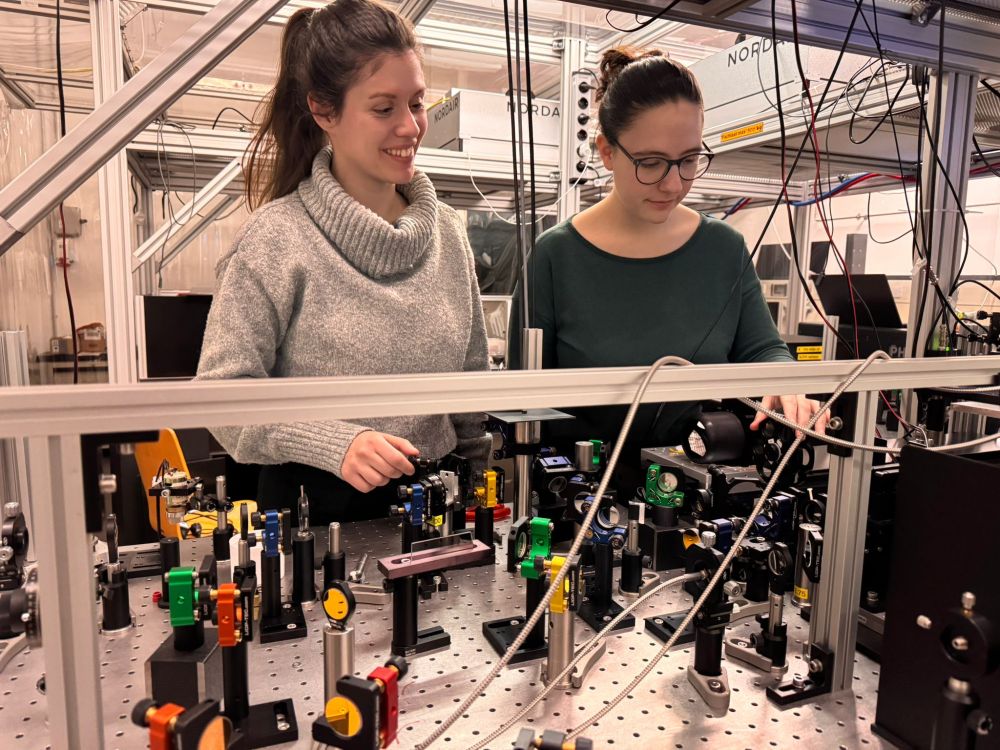
1. Women are credited less in science than men.
www.nature.com/articles/s41...
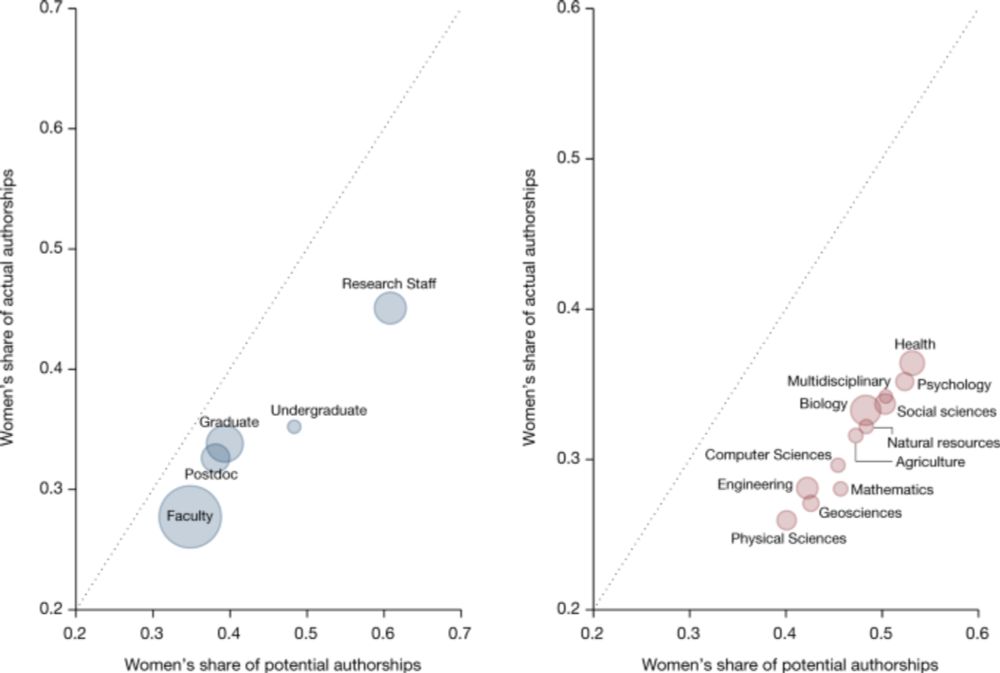
1. Women are credited less in science than men.
www.nature.com/articles/s41...
#photosynthesis
📷A.Heddergott

